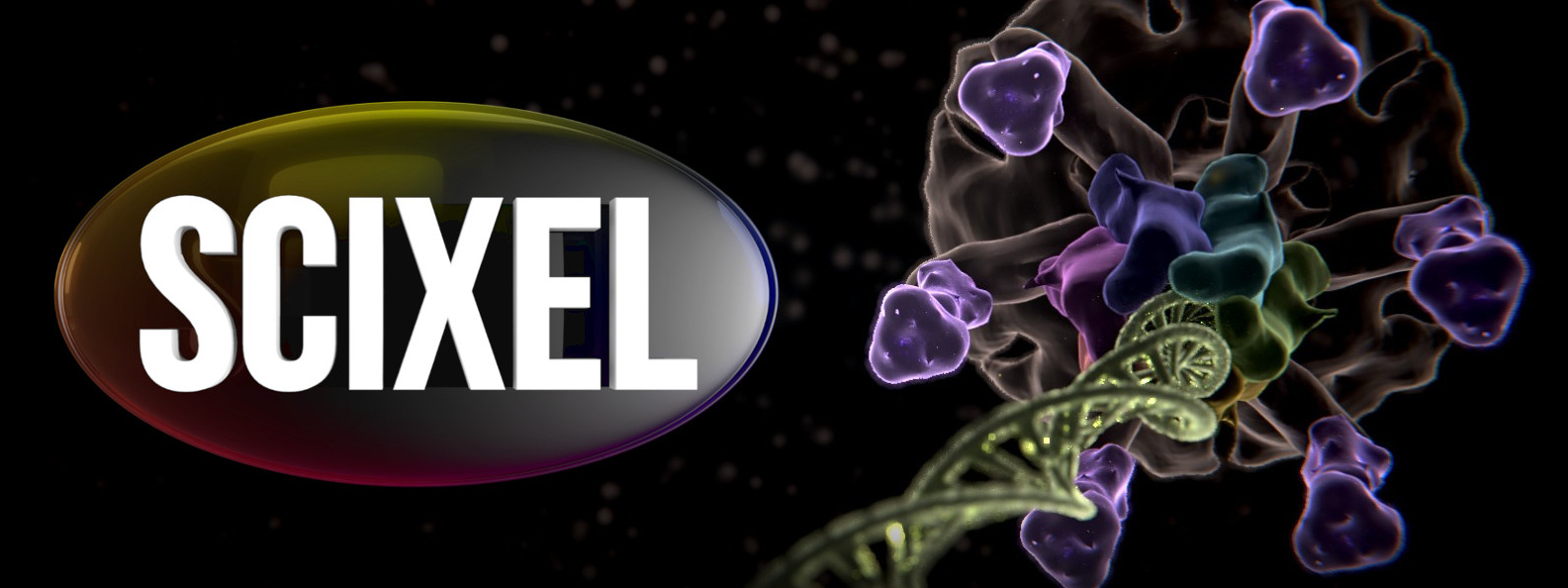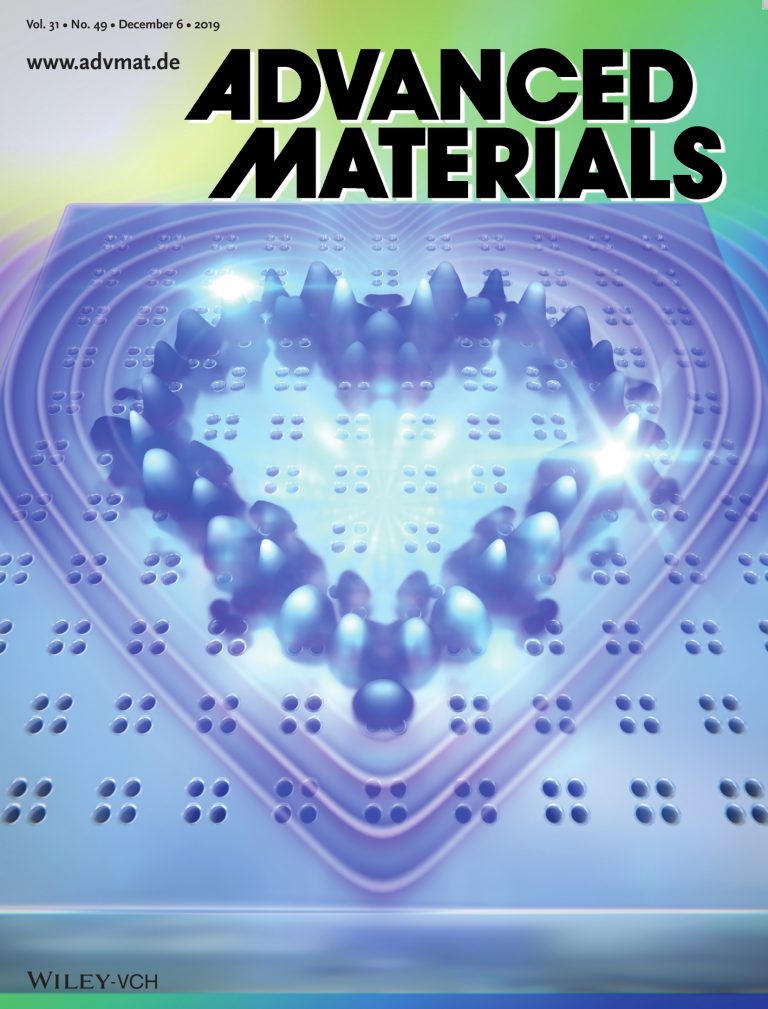At Phonometa (Christensen’s Research Group), they’re specialists in physical acoustics and they’re finding acoustic analogues to an amount of physical processes.
In their last published work they show that, in Dr. Christensen own words “a Majorana‐like bound state can be engineered in artificial acoustic lattices thanks to a Jackiw–Rossi vortex, which is the analog of a topological superconductor vortex. Such vortex is created by introducing a Kekulé texture to the man‐made lattice of rigid cylinders. We also show how this binding mechanism can be well explained by a topological pumping process comprising adiabatic variations of the cylinder radii, which concentrates strong acoustic energy to the lattice center as shown in the cover image”.
This picture we made to illustrate the process, and under close collaboration with Dr. Johan Christensen and Dr Penglin Gao, was featured in the front cover of Advanced Quantum Technologies.


